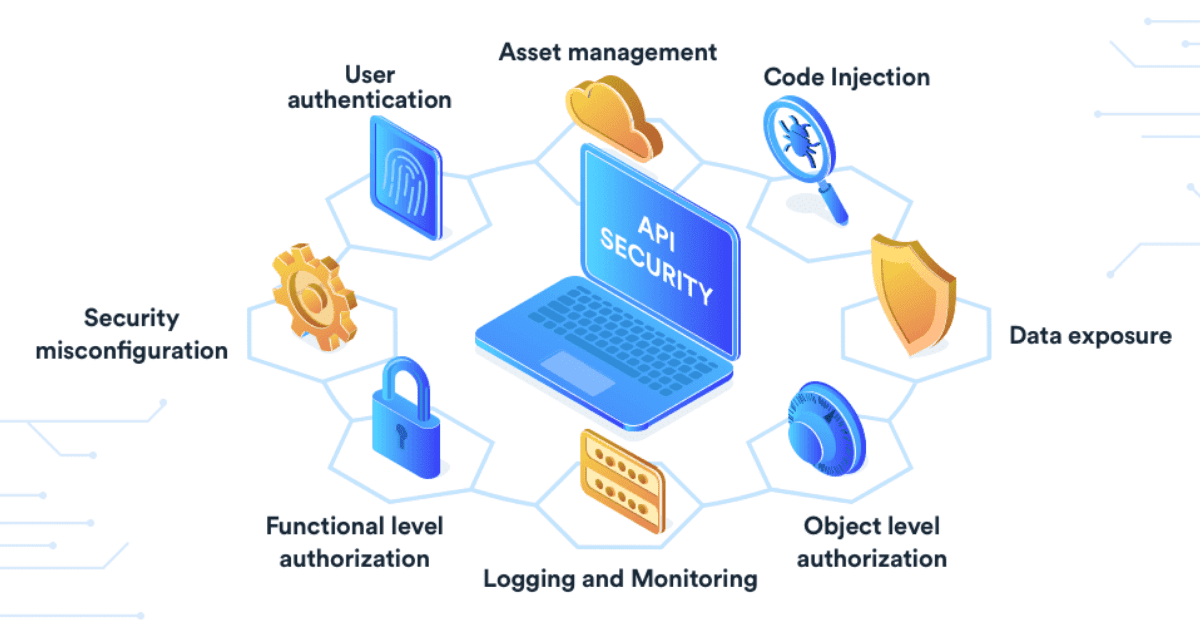In today’s digital landscape, ensuring the security of API access is paramount to protect sensitive data and maintain user trust. Implementing strong authentication and authorization measures not only safeguards information but also enhances the reliability of your applications. Here’s a humanized look at the best practices:
1. Authentication with OpenID Connect
Authentication is the process of verifying the identity of users accessing your APIs. OpenID Connect, built on OAuth 2.0, simplifies this by providing a secure way to authenticate users via tokens. Think of it as a digital ID card that verifies who you are before granting access.
2. Authorization using OAuth 2.0
Authorization determines what authenticated users can do within your system. OAuth 2.0 is a widely adopted protocol that allows APIs to grant limited access to user data without exposing passwords. It’s like a bouncer at a club, only letting in those with the right credentials.
3. Securing Data Transmission with JWT
JSON Web Tokens (JWTs) are used to securely transmit information between parties as a compact, URL-safe means of representing claims. Picture it as a sealed envelope containing verified details that only the intended recipient can open.
4. Protecting Sensitive Endpoints
Certain parts of your API may contain sensitive data or perform critical functions. These endpoints should be protected and accessible only to authorized users who have been properly authenticated. It’s like locking the door to your home office where confidential files are kept.
5. Role-Based Access Control (RBAC)
RBAC is like assigning different levels of clearance within an organization. It allows you to define roles (like admin, user, or guest) and assign permissions based on those roles. This ensures that each user can only access the parts of your API that they need for their job or function.
Why It Matters
Implementing these practices not only meets regulatory requirements but also builds trust with your users. By ensuring that only authorized users access sensitive information and that data transmission is secure, you protect both your users and your reputation.
In the ever-evolving landscape of digital security, strong authentication and authorization practices are essential for protecting your API and its users. By adopting OAuth 2.0, OpenID Connect, JWT, and RBAC, you not only enhance security but also lay a foundation for scalable and reliable API interactions. Remember, security is a journey, not a destination—continuously evaluate and update your practices to stay ahead of potential threats.
Implementing these measures isn’t just about compliance—it’s about safeguarding your digital ecosystem and earning the trust of those who rely on your services. So, whether you’re developing a new API or securing an existing one, prioritize authentication and authorization as integral parts of your strategy.
If you need assistance implementing these best practices or securing your API, feel free to contact us at Univisionz for expert support.


